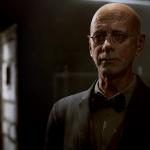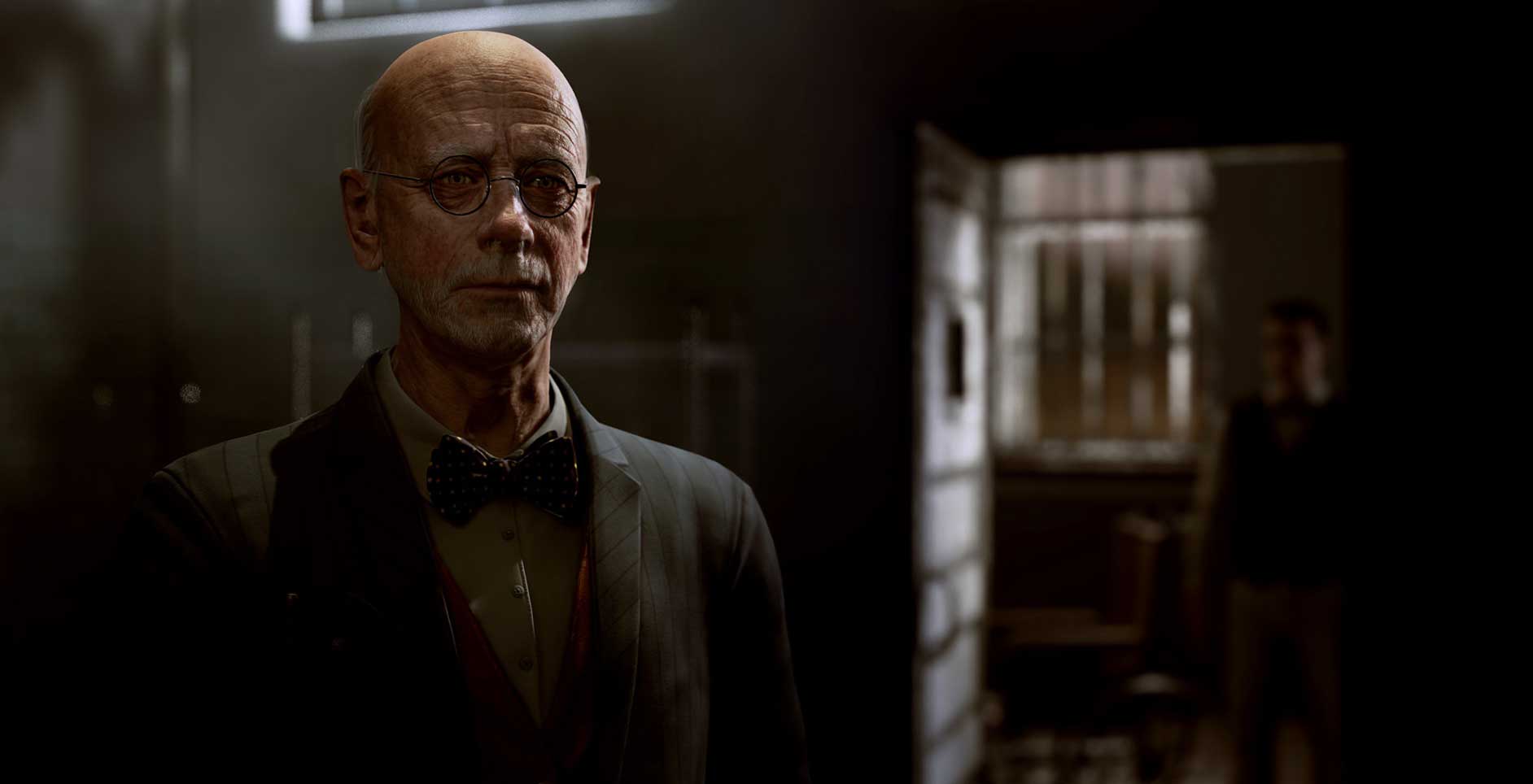The Inpatient serves as a prequel to the events of Until Dawn. Taking place roughly sixty or so years before the events of the main game, you are put into the role of an unknown patient in Blackwood Pines Sanatorium. The location could be visited in the original Until Dawn game, where a few revelations took place, but you never really got a chance to see the facility in it’s heyday. The Inpatient offers an insight into what exactly went down at Blackwood Pines and further builds the mythos leading to the original game. Or at least it attempts to.
As a game, The Inpatient really plays like a video game version of a haunted house. Most of the time you’ll be listening to people speak to you, answering back, following people as they speak to you or exploring the dilapidated facility with your flashlight. The game offers two control schemes – a DualShock controller or the Move Motion Controllers – but the latter is easily the best option. While all you do in The Inpatient is walk around and answer questions, having a flashlight mapped to an individual Move controller feels much more intuitive and immersive. Although it has an intriguing setting and premise, The Inpatient fails to deliver as both a standalone experience and as a companion piece to Until Dawn. The game boasts the “butterfly effect” system that the original Until Dawn did, but none of the choices feel anywhere near as impactful and consequential. Similarly, Until Dawn had over twenty or so of these choices in their butterfly effect system. The Inpatient has six. If these six major choices had considerable depth this would be a passable shortcoming, but most of them simply change a character’s temperament.
Although it has an intriguing setting and premise, The Inpatient fails to deliver as both a standalone experience and as a companion piece to Until Dawn. The game boasts the “butterfly effect” system that the original Until Dawn did, but none of the choices feel anywhere near as impactful and consequential. Similarly, Until Dawn had over twenty or so of these choices in their butterfly effect system. The Inpatient has six. If these six major choices had considerable depth this would be a passable shortcoming, but most of them simply change a character’s temperament.
Other, more implicit choices, have a bearing on the outcome of the game too, though ultimately the story ends up at the same place narratively speaking. Some of the aspects of the story genuinely surprised me – without spoiling – I took my time to close a door during a tense moment and a character died as a result. Replaying that moment with more attention to detail and quicker responses meant that character lived. Moments like this are why I loved Until Dawn, where the story and the gameplay interact with one another.
 Despite my overall disappointment, I’d be lying if I said The Inpatient didn’t have me tense or creeped out. Though much like Here They Lie before it, this is a game that’d be unremarkable if it weren’t played through virtual reality. Still, there’s something absolutely chilling about entering a large, dark room in Blackwood and looking around with your flashlight. These are moments, emotions and reactions that you just can’t replicate on a flat display. There are some jump scares, though used sparingly, that those on streaming platforms are bound to eat right up while other more seasoned horror fans will most probably roll their eyes.
Despite my overall disappointment, I’d be lying if I said The Inpatient didn’t have me tense or creeped out. Though much like Here They Lie before it, this is a game that’d be unremarkable if it weren’t played through virtual reality. Still, there’s something absolutely chilling about entering a large, dark room in Blackwood and looking around with your flashlight. These are moments, emotions and reactions that you just can’t replicate on a flat display. There are some jump scares, though used sparingly, that those on streaming platforms are bound to eat right up while other more seasoned horror fans will most probably roll their eyes.
The most controversial aspect of The Inpatient will be its length and replay value. For a single run through the game, most players will take between three to four hours to finish the story. As you’d imagine, the Butterfly Effect system means that a repeat run might be worthwhile, but unlike Until Dawn, a lot of The Inpatient is just sitting and listening to dialogue. The choices system gives weight to the idea that the game is meant to be replayed, but the monotony of the opening moments of the game argue against it. What I’m trying to say is this – The Inpatient wants you to replay it but is structured in a way that makes it hard to want to jump straight back in. There is some light exploration encouraged by the memories that you can “relive” by examining certain objects in the crowd. These offer further insight into the story of The Inpatient, though are by no means completely necessary. A nice touch, however, is that any memories your characters sees will change the interactions between other characters. It’s once again a nice touch that ties the narrative of the game to the actual gameplay, where collectibles seldom mean anything beyond just being a collectible.
There is some light exploration encouraged by the memories that you can “relive” by examining certain objects in the crowd. These offer further insight into the story of The Inpatient, though are by no means completely necessary. A nice touch, however, is that any memories your characters sees will change the interactions between other characters. It’s once again a nice touch that ties the narrative of the game to the actual gameplay, where collectibles seldom mean anything beyond just being a collectible.
One great thing about The Inpatient is how it signals just how far visual presentation has come for VR games, which are oft inferior when compared to other 4K offerings on the Playstation 4. While the darkness and the dilapidation lend itself well to the lower resolutions that VR offers, The Inpatient is one of the better-looking games available for the platform. When you shine a light down a corridor, you don’t just illuminate the corridor but the airborne dust particles too. Some details are skimped, for sure, but not where it matters.



